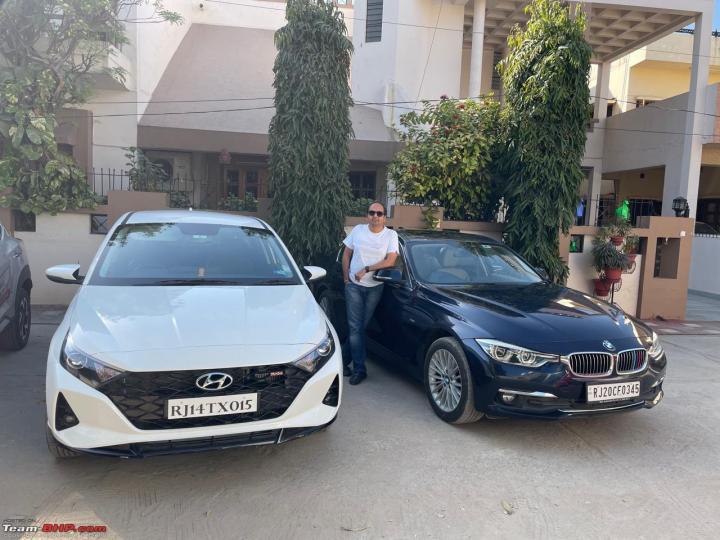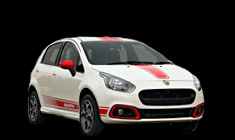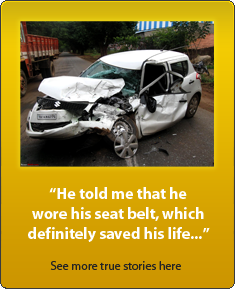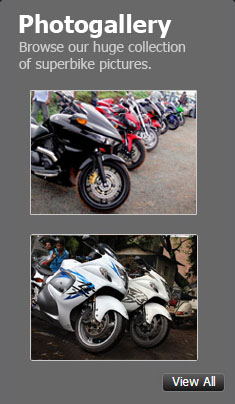News
Petrolhead interview: Priyank Fatehpuria, MD, car dealerships
Priyank has been part of the auto industry for 2 decades and owns Hyundai, Skoda, Nissan & TVS dealerships in Rajasthan. He is also a BHPian.
Big shoutout to Priyank Fatehpuria for taking the time out & sharing his precious industry knowledge with us! Priyank has been part of the auto industry for 2 decades and owns Hyundai, Skoda, Nissan & TVS dealerships in Rajasthan. He is also a BHPian.
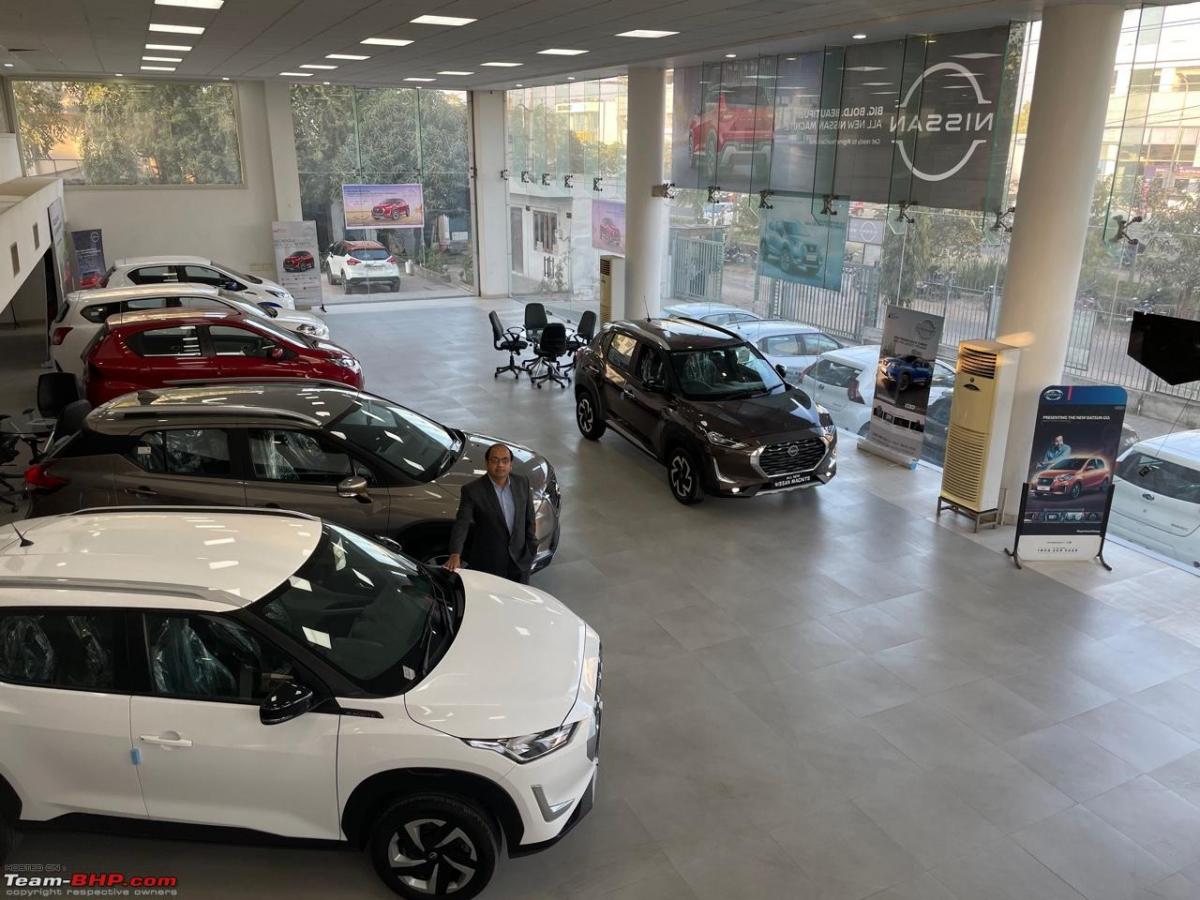
Q: How did you get into the car dealership business?
A: After my graduation in 2004, I was in the export business & was looking for opportunities. In 2010, I partnered with Nissan. The brand was a new entrant at that time and they were looking for new entrepreneurs. The entire vetting process revolved around my passion for automobiles and the knowledge of cars, and hence it all began.
Q: Which all brands do you represent?
A: Nissan is the first. We started operations in 2011. Late 2010, we got the LOI and now we have two outlets, then we got the Hyundai dealership in Jaipur, which is again 2 outlets. For TVS, we have three outlets in and around Kota and recently, we joined hands with Skoda for Kota and Bhilwara 3S outlets.
Q: How many outlets in total?
A: Total outlets we have are 9.
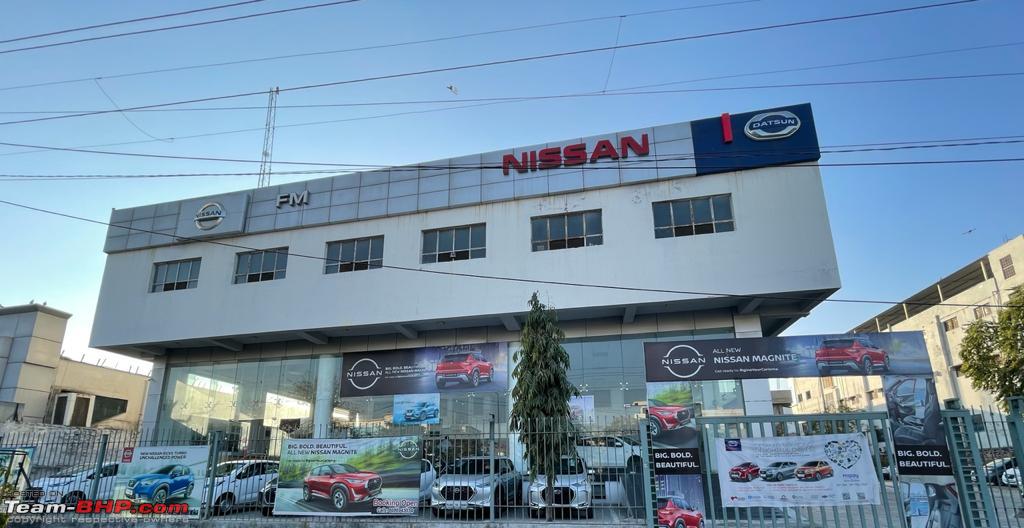
Q: So, what do you enjoy most about the car dealership business?
A: Do what you love, and you will never work another day in your life. It is truly a mantra I live by. In India, purchasing a car is still a huge affair. Getting the opportunity to deliver that happiness is an excellent feeling at the end of the day. Also, the ability to follow your passion and making a business career out of it is a huge incentive for me. The idea of getting your hands on new models throughout the year is always very exciting.
Q: You test-drive all the new vehicles that come in?
A: Yes, it is the business, the model is like that. So if there is a vehicle that is being launched, normally all OEMs call their dealer principles to their factories or test tracks. Yes, we do test-drive vehicles before others get their hands on it, even before the media sometimes get their hands on it, and we attend a lot of conferences, so we get to know what are the future vehicles that are coming in. Sometimes the OEMs want to take our inputs for the variants & model mixes. The OEM is incomplete without the dealer and the dealer of course stands nowhere without an OEM. That goes hand in hand. It is the industry standard. There are a couple of OEMs that have a dealer panel representing all India dealers, so they visit the headquarters, even abroad. Yes, inputs have always been brought from dealers because they are the first customers for OEMs.
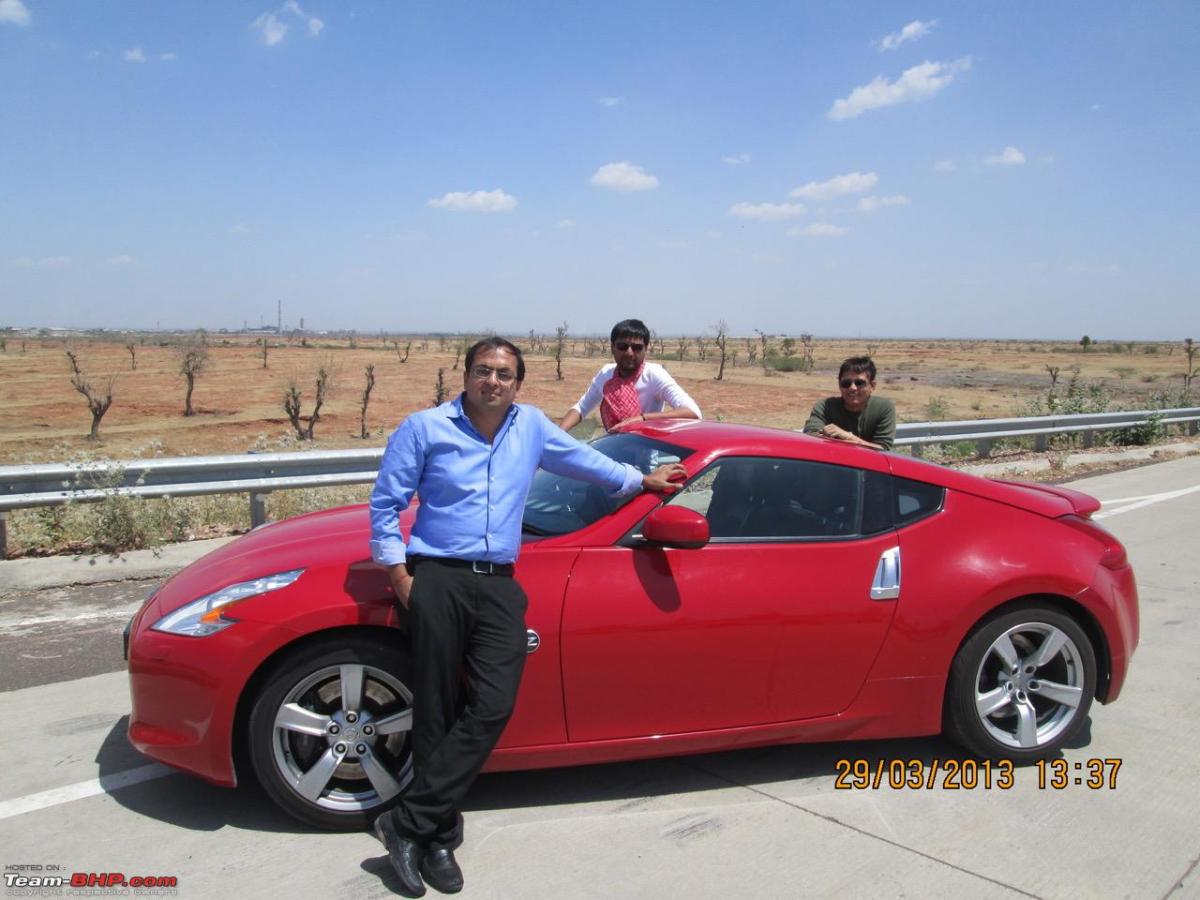
Q: What do you hate most about the car dealership business?
A: Not a big dislike… I cannot be so specific. Of course, nowadays you need to be very process-oriented with systems to be fulfilled. Otherwise, there is always a risk of complaints.
End of the day, it is dependent on the product. So, if you do not have a product, you cannot sell. You cannot make it yourself, so there is a dependency on the OEM.
Q: What cars do you personally drive?
A: I drive a BMW 3-Series. And then apart from it, we have a Kicks - one in diesel and one in CVT. I recently acquired an i20 DCT and a Magnite CVT.

Q: What would you say is the cost of setting up a dealership in a metro city? And in a B-segment town?
A: It is completely variable & for a large part, depends on the brand in question and the type of project being undertaken. For a typical greenfield set up in a metro, the cost can quickly run north of a 7-crore rupee investment in Capex alone. Simultaneously, a brownfield mode saves on Capex but has huge rentals because of the locations and areas required. A mass-market brand requires more investment in terms of stocks to be maintained as compared to others. Conversely, in B segment towns, the cost is typically 40-50% low, but the opportunities are scarce.
Q: You mentioned greenfield and brownfield. What is that?
A: Greenfield is a completely bare land that you have to buy and you have to construct it to OEM requirements, to the layouts that OEMs have provided. So that is called greenfield. You have to build it from scratch. Whereas brownfield is if you have a ready-made setup, then you lease it out and you can redesign it to the layout of the present OEM. So if you talk about it and go into details, then in smaller towns, normally OEMs prefer a greenfield personal piece of land - I mean land that is owned by the applicant. Whereas in bigger towns, this is not a possibility so you normally go with the brownfield and lease it out. That’s the difference.
Q: How profitable are 2-wheeler dealerships vs that for cars?
A: Both have different underlying fundamentals, but profitability solely depends on the management and how operations are executed. Two-wheeler dealerships are typically less capital intensive and see a higher turnover of vehicles, but rely on low margins compared to car dealerships which are quite expensive to set up but offer appropriate margins to operate.
Q: What's different between running a two-wheeler showroom and a 4-wheeler showroom?
A: We can classify the differences into 3 - 4 points. Maybe the first could be the employees. Employee expectations are lower in two-wheeler showrooms. Whereas in a four-wheeler showroom, you have the highest employee dissatisfaction as well as expectation. And the same goes even with customers. A customer walking into a two-wheeler showroom is normally a first-time buyer. So his expectations are not that high. The ticket size is also less. When the ticket size is less, it is easier to convince. Then the third is of course the setup. The setup of a two-wheeler showroom is almost one-fourth that of a four-wheeler showroom. So it is easier to maintain. It is easier to keep a watch and there is higher number of transactions, but lower transaction amounts. Whereas in the four-wheeler showroom, you have lesser transactions of higher values.
Then the customer expectations are ever-changing. In this type of market place, the customer can expect anything in four-wheeler showrooms, especially with the introduction of social media and the proximity to Google. Normally in four-wheeler dealerships, a customer walking in has almost 80% knowledge on his own. That makes it a little tricky task. Your employee should be well trained, well-performing, well educated to entertain such customers. So expectations go high. If expectations go high, you have to invest more in your employees. Finally, a four-wheeler is the second-most prized possession for a man. Once he is spending more than 5 lakh rupees, he needs to be treated a little differently than a two-wheeler customer. As I said, the building is almost 4-5 times the size, so you have to pay the rents accordingly. The stocking costs are always high in case there are a lot of variants. The average ticket size for some OEMs is 5 lakhs, for other OEMs, it could be 15 lakhs, so you need to keep stocks.
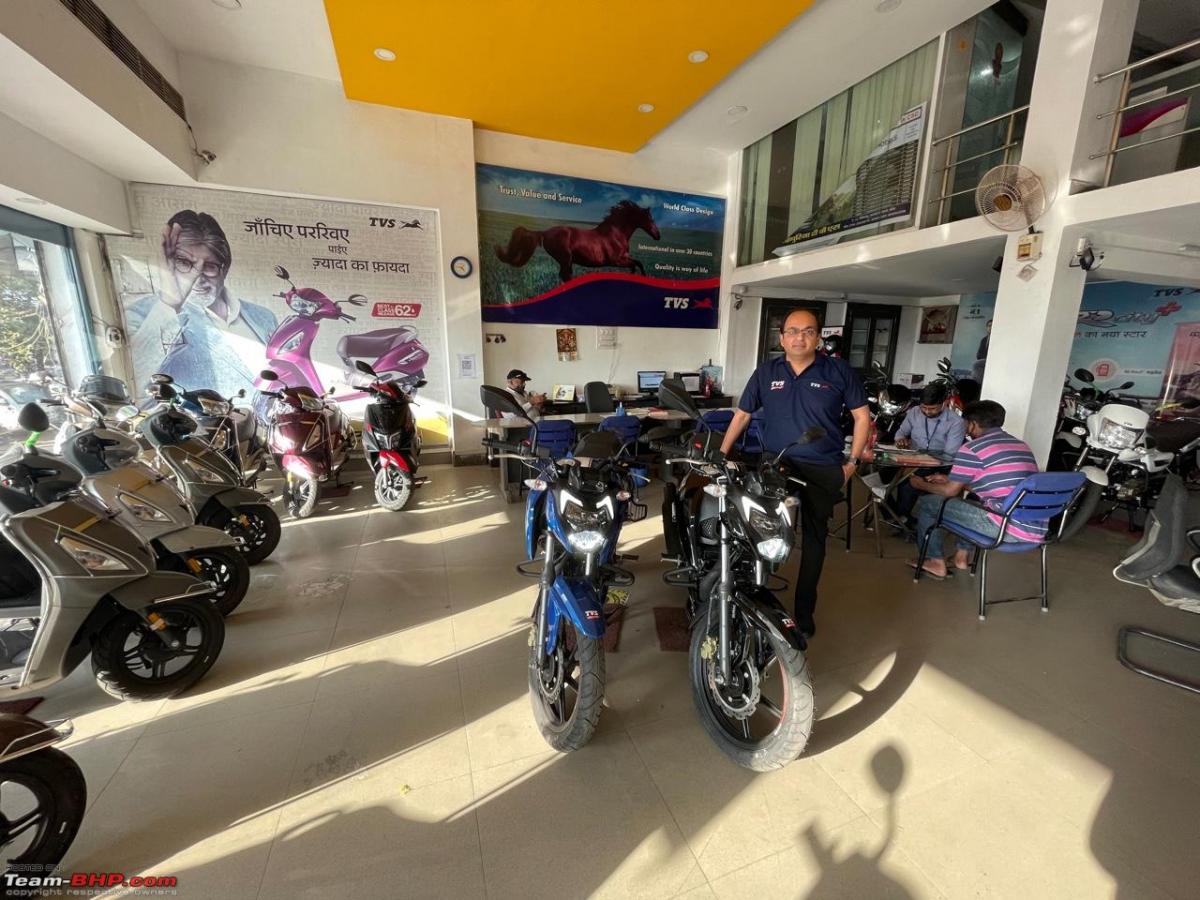
Q: How do manufacturers support you for test-drive vehicles and how do you maintain them?
A: The TD policy varies from OEM to OEM, which includes all aspects such as regular maintenance of the vehicle to the maximum time a vehicle can be deployed for TDs. The OEM support typically hovers around 10-20% of the basic price. There are again strict criteria defined while selling these vehicles, and OEM checks and declarations have to be made before the final sale is concluded. Every dealership tries to keep their TD vehicle in top-notch condition and these vehicles are routinely serviced and maintained because, in most cases, it is the first real interaction of any prospective customer. Normally, there is no resistance to this policy from dealers.
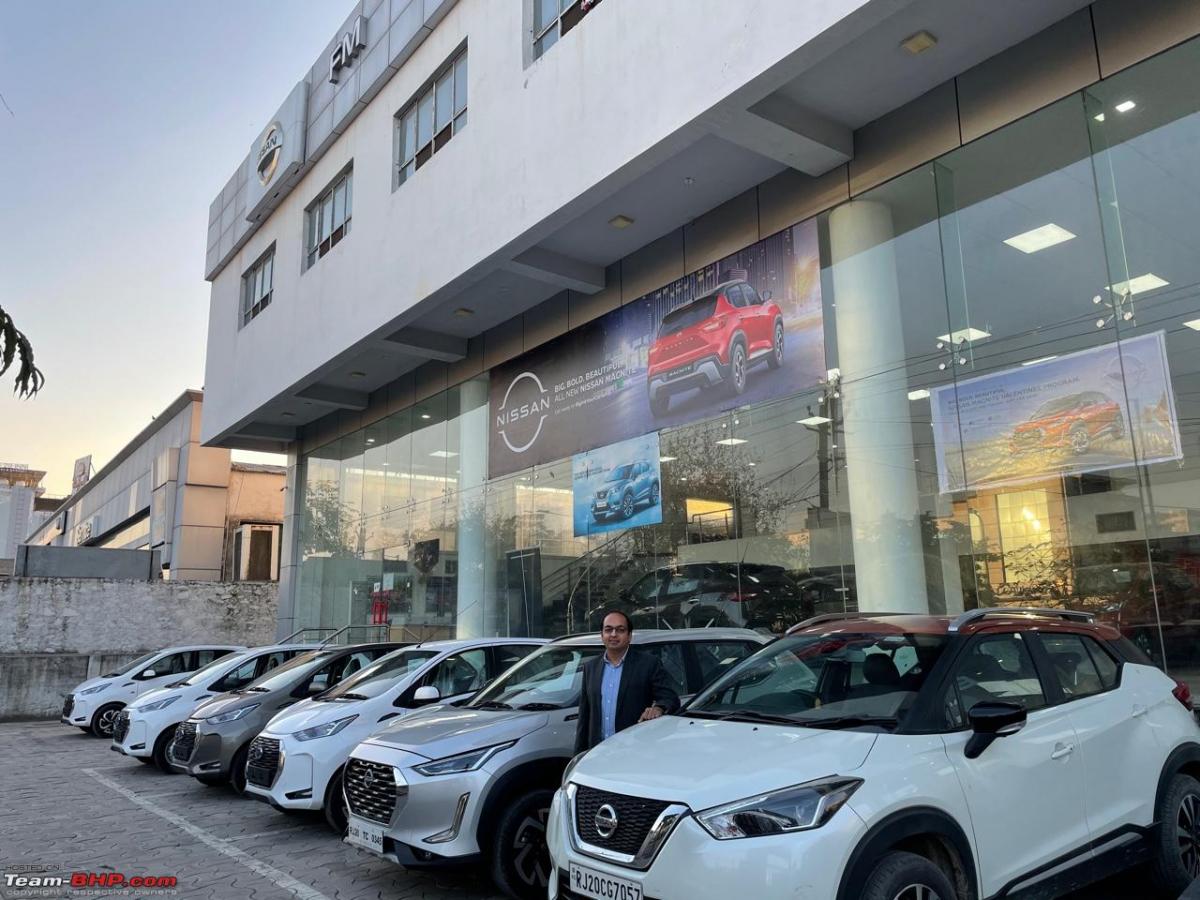
Q: How did Covid affect business at the car dealership level?
A: COVID-19 was a tricky one, and I don't think any business was spared. For the first time in the history of the Indian Automotive industry, April 2020 recorded ZERO retails and wholesale.
It indeed was a daunting time as the footfalls virtually vanished overnight. At the same time, the fixed costs, maintenance and salaries kept piling up. Nevertheless, the aftermath of Covid indeed increased personal vehicle adoption, we gradually took over in May and suddenly from June/July, the four-wheeler industry was on the rise because of the preference for personal mobility. However the two-wheeler industry was still declining because there were fewer buyers, there was reduced rural demand.
Yes, it was a big effect, but then I would say we have come over nicely and peacefully out of it because of the demand, as more and more people who were sitting on the fence decided to jump & purchase post lockdown. They wanted to get their vehicles immediately as they were having to bear the brunt of Public transport coming to an absolute standstill for months.
Shortage of certain components has also created a scarcity now which has pushed the waiting periods even higher. That also has created a positive impact as the customer is reasoning that the car is in demand!! But then, this has been created a little artificially. Not intentionally, but forcefully. Still, we are facing a shortage with the current line of products with both car OEMs, in Hyundai as well as Nissan.

Q: You spoke about the perceived demand for a car. Would you say that a customer is more likely to buy a car if you say that there is a demand and that there is a huge waiting period for the car?
A: Yes. It creates a positive impact. In India, normally it is a herd community. So if there is a waiting period on certain products, more and more people are interested to book the same product. They feel it is safer, it has been chosen by a bunch of people, so why not we also go and book it. That of course creates a positive impact. Hyundai Creta is always on waiting since its first avatar.
Q: Post covid, are you seeing increasing footfalls due to the risk of public transport? Are more deals happening remotely from the customer's homes?
A: There is definitely an increase in footfalls but I would not say that the deals are happening remotely because of two things. Primarily, a first-time buyer of a four-wheeler, again as I said, this is the second-most prized possession, so normally people want to touch and feel the product with their families. That is one of the reasons that it is still not happening to an extent that it could be. Secondly, the customer wants to come and negotiate a bit. That is not possible remotely. Yes, of course, then the third point which comes here is - cars which are on a long waiting period and the buyers know that nothing could be negotiated on them....these get booked online as well. That is increasing. Won't deny the fact but then, for smaller cars, the smaller segment first-time buyer is still not opting for a remote purchase or an online booking method.
Q: What percentage of your sales come from online bookings and what all do you do for online marketing efforts as well?
A: I don’t see more than 5% as of now if I talk about my Nissan dealership. Even if I talk about my Hyundai dealership, not more than 5-8%. It is relatively smaller towns we operate in - Kota and Jaipur, but not more than that. When I say people want to touch and feel, so what they normally do is they have to come once. If you question it a little differently that they don’t come to showrooms only, and directly book it, then I would say less than 5%. But, if you frame it in this way that they have visited once, but still they have gone back, decided and booked it online, that has started happening. If I talk about Magnite, I would have had about 10 bookings online out of 300 which we did in December 2020. Rest 290 came, saw the car, touched + felt it and then booked it. So it is a long way to go and then the negotiation thing will never end in India, at least in this competitive world. Probably this will change a bit in the luxury car segment.
Q: Tell us about your offline vs online marketing.
A: You cant survive without online marketing. Social media, bulk SMS, etc., this is a normal routine now for more than 90% of the dealerships since 2015. I don’t see any dealerships which would be zero in online marketing. There's no possibility. You cannot escape from this. But then again, this is marketing material. I am doing Instagram and Facebook just to ensure that I am staying in the mind of my customer. He might visit my showroom or my competition because if I talk about Hyundai, we have 6 showrooms in the city. So I need to fight first with my competition and then I need to compete with my co-dealers. That is how I need to create an image of my dealership and social media is just unavoidable now. Even when you speak about social media, nowadays a lot of leads are generated by social media portals. Those leads are also being sold in the open market and you cannot avoid that as well. The social media portals who are only providing the information on cars capture your data and they sell it in the market to the dealers, to the OEMs. Sometimes, the OEMs also buy these off in bulk, whereas on the local level, you can always have a tie-up with a local website and set some leads. Basically, the complete activity which we discussed is inquiry generation. It is not the closing of the deal, it is inquiry generation. So you are posting something on Instagram, Facebook, bulk SMS, here and there on portals, it's basically creating a pool of inquiries that can be distributed. There is a percentage which you expect to mature.
Supposing you attend 100 inquiries - there would be 20 hot inquiries on it. Out of those 20, you can expect 5 bookings. And those 5 bookings will again mature to 3 retails. So if you see, 3% of the total inquiries, you can expect that you will be able to sell cars to, in the best-case scenario.
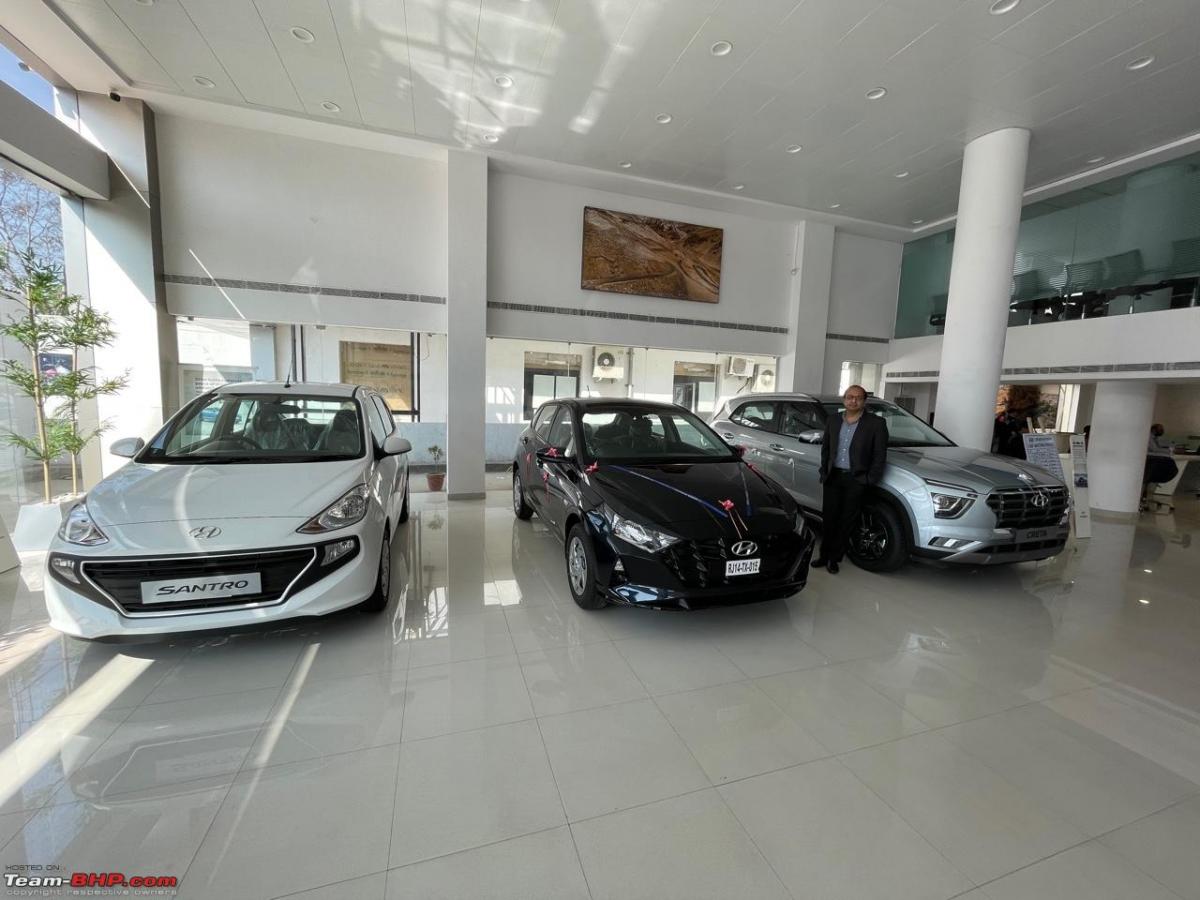
Q: What percentage of your revenue comes from car sales, sales of accessories, insurance and after-sales service?
A: As an industry standard, it is like 40% from new car sales. Accessories depend, it could be 10%, and 40% is from the after-sales service. Insurance also contributes around 10%. The government / IRDA have very strict norms now.
Q: What are the positive things about running the service centre?
A: Service centre I would say is the backbone because in India, we have very few OEMs that have stand-alone service centres and that is the only reason why. Because you have cut-throat competition with the sales. Its between the product and its between the co-dealers. So the only thing which sometimes entices us to sell is at least we will ensure that the car is coming to our service centre. So we will retain the customer at the service centre. The service centre is of course the backbone of any good dealership and that’s how the reviews also come because when you make a sale, it normally is on a negotiated deal as well. But positive reviews come from the service station - they cannot be bought. It is more important that you focus on the service centre these days as that has a direct effect on your new car sales growth.
Q: Do you have a used car division?
A: Used cars is again a growing division in India. You cannot survive without a used car division in a four-wheeler dealership at least.
Q: What is the size of the used car division you have?
A: It depends. From 5% to 20-25% for some dealerships. There are again some set principles from the OEMs. The evaluation and everything is done on those guidelines set by the OEMs. You have a set staff and a dealership team to take care of this separate division.
Q: Which one is more profitable? The used car or the new car business?
A: Used cars still have a long way to go in India. It is taken as an assistance to the new car sales. I don’t have a profitability question attached to my used car division or if it is, then it is very negligible. You cannot compare it to the new car sales. Not at all. It is growing at 15% YoY though. I think it will take at least 5-7 years to reach a certain level wherein we can say yes, the used car division is also very profitable and a separate division of my dealership. As of now, it just assists us and maybe the salary quotient of the division is being taken care of. That’s it.
Q: What do you like about the used car division?
A: It adds to the numbers. As I said, it is unavoidable now and it helps to achieve your targets; it also gives a 1-stop solution for a customer who might want to trade-in. The customer is not lost if you are giving all the solutions under one roof, so you can retain the customer.
Q: What do you dislike about selling used cars?
A: You cannot determine the actual price of a used car. That’s the only thing which I dislike. There is no conclusive value like say, a brand new Maruti Alto that is retailed across India at X price. In used cars, you cannot arrive at an absolute true value. Its a demand and supply game also in used cars.
Q: Customers always complain about dealers online. Can you share a story or two about problematic customers?
A: Indian consumers are a bit different. I would start from there. So normally you have to motivate them to write good things about dealerships, whereas the complaints you will find in abundance. I would say this applies to everybody. Maybe you and me as well. If you are unhappy with certain products or services, you complain, immediately find out the helpline number and complain. That is the reason you find a lot of complaints for almost every dealership in India. If I talk about recent developments, there are a lot of challenges in this pandemic. Because of that, there are a lot of part issues, supplier issues etc. Even if the dealership staff is trained, well informed about each and everything, still there are a lot of complaints which pop in just for the heck of it. Like we have told customers completely and in detail that this part is stuck up because of imports and we are trying to arrange it. Or maybe in this variant, you can change the colour choice, but still, if the customer is adamant, he or she believes that if they pop up a complaint, her/his problems will be resolved.
A lot of OEM incentives are also associated with these complaints now to keep a check. So OEMs do a lot of things to ensure that we sail in a smooth way.
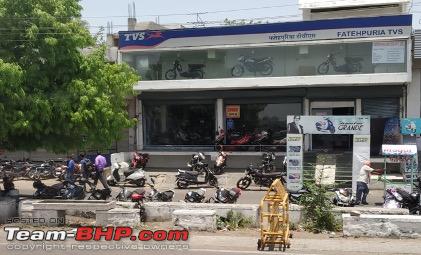
Q: Since Rakesh Srivastava joined Nissan, what has been the atmosphere among dealers? We heard that all Nissan dealers threw a party on the day his appointment was announced.
A: Rakesh Srivastava is of course an industry veteran, one of the most reputed leaders of the Indian automotive industry. His joining news at Nissan was very positive for all dealers and NMIPL associates. It confirmed the belief that Nissan in India is here to stay. The atmosphere was great on the day we heard that his appointment is confirmed . Of course, it was party time. We were assured that Nissan has no plans to leave Indian shores. That’s about it. In fact, I read even on Team-BHP that people were happy.
When we started in 2010, we were assured that they will be competing with a double-digit market share. And we believed it also because Nissan had such nice products which are suited to the Indian taste. So everybody wanted them to stay. Mr Srivastava's joining assured that yes, the movie has not ended yet, in simple words.
To further elaborate, be it Nissan or any other OEM, they have multiple countries to work with, they have multiple plants, like in Nissan we have 17 plants worldwide and they operate in more than 150 countries. So its just a normal thing, that if a leader who is aggressive, a leader who is known to the industry, a leader who knows the Indian market is heading it, he will fight more with the bosses, because everywhere there is a hierarchy, even the boss has to present it to the board for final approvals. It is the same at Hyundai & Skoda, if the top management is strong, you get obvious advantages.
Mr Srivastava knows all the four Ps of marketing. In fact, he might be knowing two more which we don’t know!!! It is the leader who makes the difference. He has proven it with the Magnite.
Q: How is the general response from the public for the Magnite?
A: In one word, it is fantabulous. Nobody expected it. Even we as dealers were prepared for 80% of this action. The rest 20% was unknown. We were being told and we were being convinced that it will be a shocker of a price. But we didn't know that this will redefine the segment, this will create its own segment, it will redefine the definition of VFM. So that came as a surprise. As a product, Magnite is doing fantabulous. There are waiting periods of more than 36 weeks. 40,000 bookings across India. I believe India has a short term memory loss. Even if it is one product, which is a massive hit, you can be back in the main business probably 6-8 months down the line. People will forget the past and will look for new products. You need 1 product to be a massive hit to be back in the game. I think this is the product. Everybody is talking about it, even the competition is talking about.
Q: When a hot new car is launched (e.g. Magnite), how do you handle it? What kind of preparation goes into it? Some launches lead to showrooms being as crowded as railway stations!
A: I would say it is a big task to prepare for a new launch at both, the OEM and dealer-end. The product is made, but it has to reach the end consumers. The OEM contributes 90%, the teasers, launch time, production plan, advertisements, training, media drives etc. Dealers then have to plan for manpower, training and capital investments. But still, with the Magnite, the planning was not 100% successful because nobody expected such high volumes. We need to mould ourselves everyday.
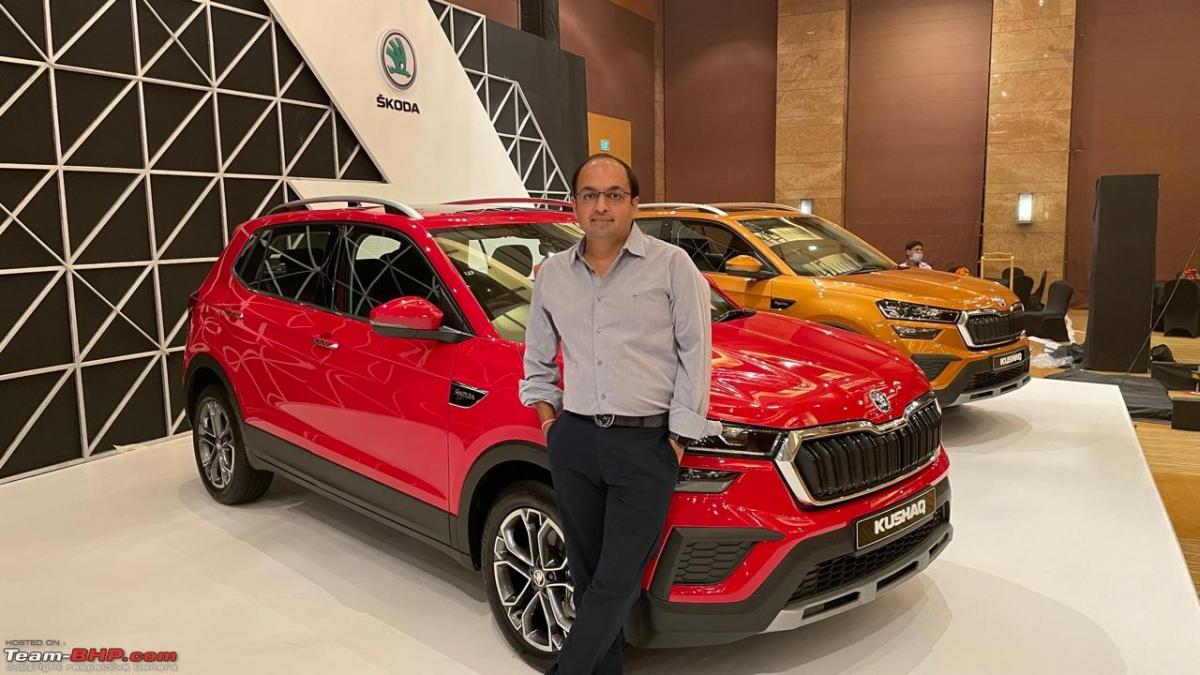
Q: How restricted are you by the policies set by the OEMs? Do you find the framework of rules limiting? For example, some OEMs specify the showroom layout, what ads can be placed etc.
A: 100%. Otherwise, how will a customer experience the same product in the same atmosphere? That’s how the power of a brand goes. If you are choosing a brand, irrespective of the town, the place, the showroom, you have to feel connected and it has to be the same ambience. That’s why millions of US dollars are spent on the layout and everything. It’s a set of rules which you need to adhere to. There is no escaping it. Everything is set by the OEMs. There are central architects, and there are central auditing agencies to take care of it.
Q: Is attrition a problem in the dealership business? How do you handle that?
A: It’s a big problem these days. You have to have better, proper HR policies framed into the dealership. That’s the only way you can because if trained manpower leaves, it will take twice the cost and effort to get a replacement. You have to be very specific and normally, the dealers keep a close eye on the HR policies. That’s how we manage and because of this only, the OEMs have started incentivizing the dealership manpower directly so that they feel connected to the brand. Attrition is a big problem in this industry.
Q: What do you do if you are stuck with inventories of an engine / variant that refuses to sell?
A: There is a buyer for every variant, every colour and every engine. But yes, when you deal in mass-market products, there are a few variant options that get stuck. So you give them spot incentives, you give lucrative consumer offers and you take them on priority, those prospects. The general manager in the showroom taking care of sales has to adapt. If there is some stock that is lying, it will pop up everyday on his excel sheet. So that’s his daily reminder to find a buyer and sell the car.
Q: Are luxury car dealerships a good business? What are the pros & cons of running a luxury car showroom vs one for a mass-market brand?
A: It is like low risk, low returns and high risk, high returns. If it is a mass volume brand, you will have to invest more, invest more time, and there is a risk of stuck up inventory. In luxury brands, we have smaller inventories, niche products, higher customer profile and maybe a little higher return. So both have their own pros and cons. It goes hand in hand. Normally a luxury car dealer principle will also be interested in a mass-market brand, and in the same way, a mass-market car dealer principle will always be interested in a luxury car dealership.

Q: What are the biggest challenges of this trade?
A: Inventory (unsold cars on your lot), manpower and ever-changing dynamics (Covid, GST, BS6....).
Q: What is the OEM escalation matrix?
A: You can secure ASM emails easily upon request to the dealer level. These days, all OEMs have linked dealers to complaints, hence even a whisper can create chaos, but again it has to be genuine. Most of the complaints are raised for not delivering the car at the promised date. This would always be a grey area no matter what we do to ensure. The production capacity is fixed and couldn’t be raised overnight, then there could be supply chain issues (Covid), transportation delays etc., so we cannot have a fixed date. Yes, the right escalation on this front may lead you to a priority list, but again, you should have genuine proof of a commitment made. These days, OEMs have incentive-based complaint structures for dealers.
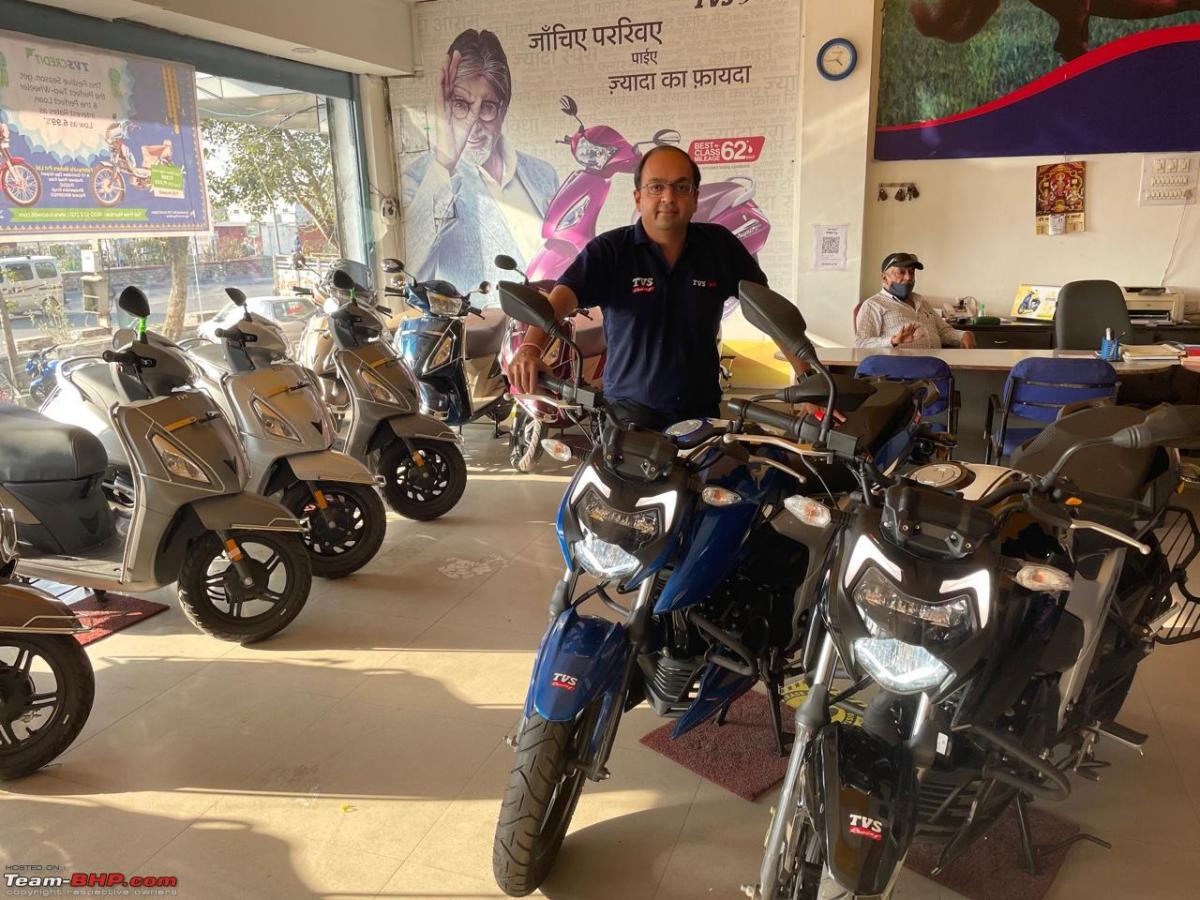
Q: How do you handle unavoidable human errors?
A: Sometimes, customers have to understand and consider 1% human error chances. Right model mix for booking or some missed goodies at the time of delivery. If customers have this in writing, the same would be fulfilled 100%.
Any 4-wheeler dealership has a minimum investment of Rs. 5 crore. So a dealer principle never asks his employees not to fulfil small commitments made to customers. It's sometimes unavoidable but with a polite follow-up, things are sorted easily.
Q: How do the sales perks play a role in negotiations?
A: A smart sales guy has many aces up his sleeves to entice you to buy his choice of brand, variant and colour. Please always make two choices of all these 3 in the first negotiation with them. He or she will always try to sell you the variant applicable for spot incentives (for him), so being a little flexible is always rewarding. Sales guys meet 10 or more prospects in a day, so consider them smarter than a regular customer.
Q: What are the salary packages and how are the incentive structures based?
A: Big dealership CEOs receive all perks like home allowance, cars and even a cut in the overall P&L of the dealership. GMs are normally linked to OEM incentives so if a dealership makes X amount a month, then they get a share. Sales people are the most unstable folk and they keep shuffling themselves from 1 brand to the other which is not always rewarding (few OEMs have very strict policies of not hiring manpower, inter-dealership within the city - like Hyundai).
Q: Do’s & don't do’s while visiting a showroom, taking test rides & negotiating.
A: Few customers visit the showroom on a white horse with utmost hurry in making a deal or a test-drive. Normally 10% of them are genuine buyers, but the rest don't get proper treatment due to their flaunting attitude. TD: More than 70% of customers would drive TD cars like there's no tomorrow - speeding, hard braking and reckless driving is very common. The customer has to understand that the car he is buying is not for rallying and the sales guy sitting with them has a family as well. This is common in small towns and accidents are common. Customers should drive the way they normally drive a car and interact more with the sales guy to know the hidden features and making a polite offer for getting a better price.
Respect the time of the sales guy attending to you. At times, people call them at offices / homes and make them sit for hours.
Q: What are the loopholes while signing documents, making payments etc.?
A: Keep a copy of all documents you sign on, and cross-check with the sales guys on every commitment made.
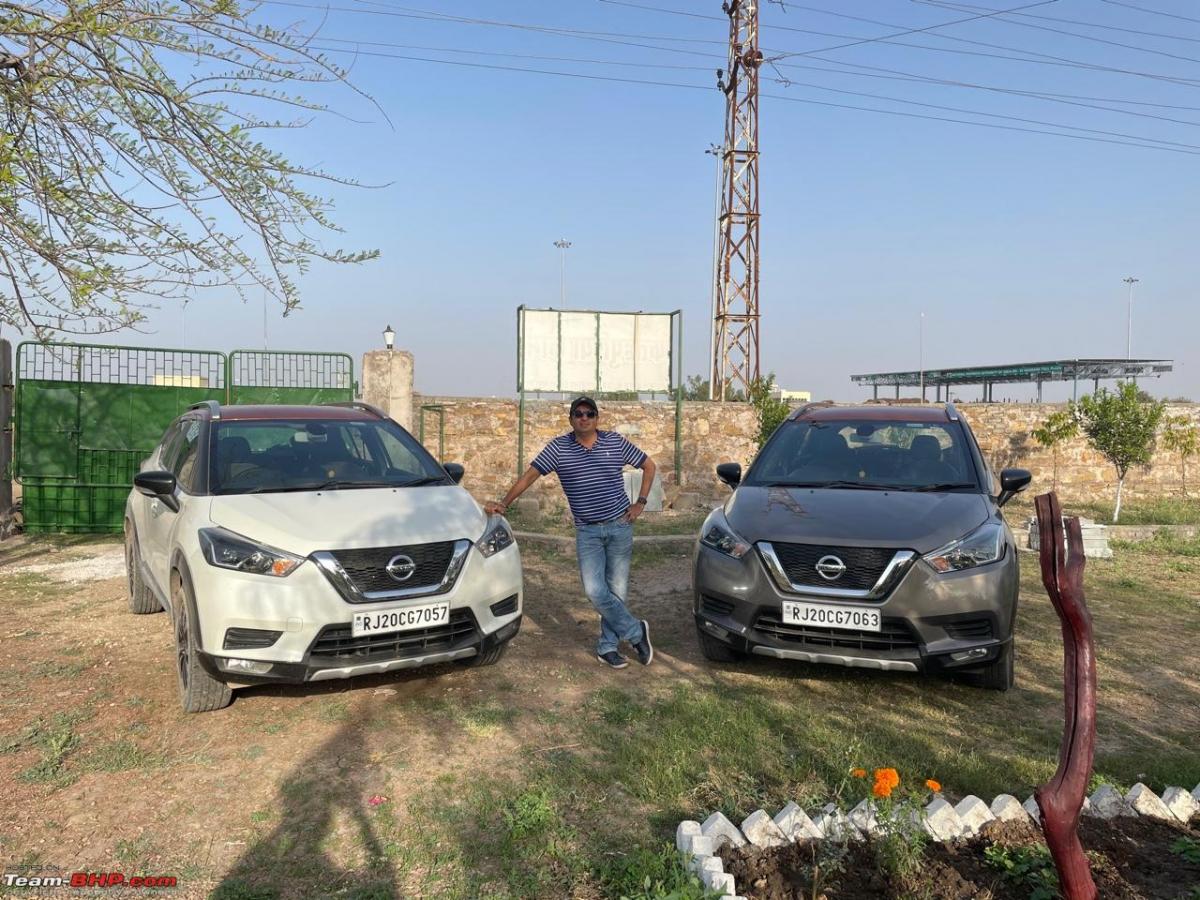
Q: How and when did you come to know about Team-BHP?
A: I grew up reading several automobile magazines like Autocar, BS Motoring etc. Those times, my Sunday family outing motto was to grab the latest edition of one of these. Fast forward to the era of Google, I was hooked to Team-BHP in her early days of inception. I was very happy to find that there are many people who treat their machines as I do. It was then that Team-BHP became a daily dose and magazines took a side seat.
I remember applying for membership in 2016-17 but was rejected even with my best attempt. I was disappointed, yet remained an avid reader throughout to satisfy my passion. Applied again in 2019 with full preparations and was lucky this time to get accepted.
Q: Do you take Team-BHP as a community or a source of information?
A: I would say both, as Team-BHP is a one-stop solution for all my automotive needs. It is indeed a community which I can relate myself to; I feel connected to the members and I love reading the new car reviews, travelogues, BMW updates and the latest news / scoops. My eyes spot Team-BHP stickers on the road too!
Q: What do you like the most about Team-BHP and does it help you in your passion?
A: The stringent rules and the discipline maintained by the moderators to give a uniform experience to all petrolheads deserves huge applause. The facts are totally undiluted with no OEM inputs and hence 100% trustworthy.



